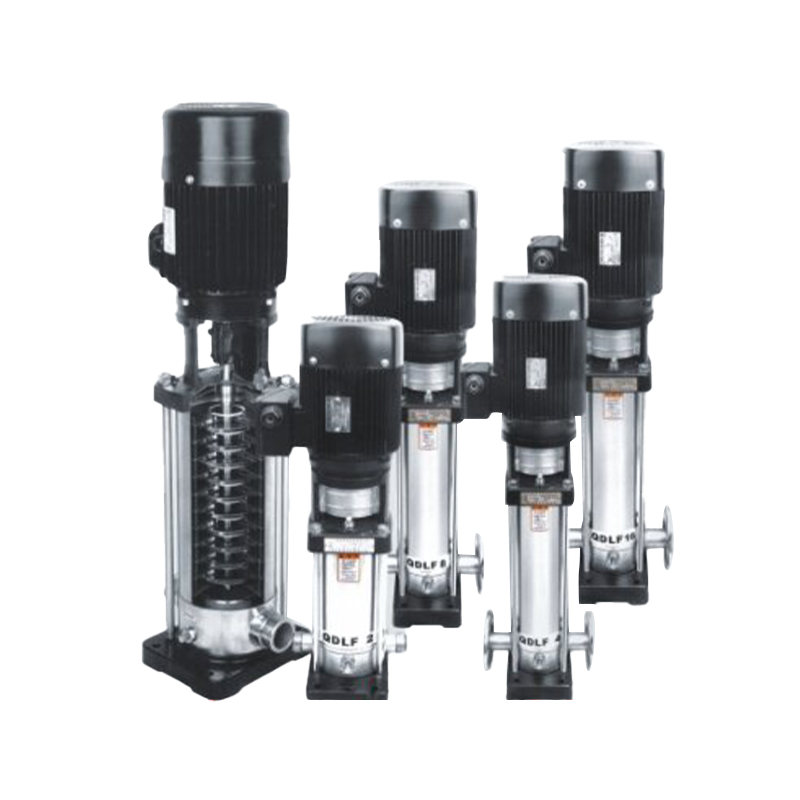QDX Lightweight Submersible Pump for Fish Pond and Farming
The Lightweight Submersible Pump is an efficient, user-friendly soluti...

When dealing with low water pressure in residential buildings, homeowners often seek compact and reliable pump systems to improve flow throughout the house. Among the various options available, the peripheral pump, peripheral centrifugal pump, and peripheral turbine pump are commonly chosen for boosting domestic water pressure. These pumps are known for their ability to deliver consistent performance in smaller systems and confined spaces.
A peripheral pump is a compact unit designed to move clean water with relatively low flow rates but high pressure. This characteristic makes it suitable for residential applications where volume is not as critical as pressure. For example, homes with low municipal water supply pressure or those located at higher elevations can benefit from the use of a peripheral pump to ensure that all faucets, showers, and appliances receive adequate flow. Its compact size allows it to be installed in tight areas such as under sinks or in utility closets, making it an attractive solution for individual household use.
The peripheral centrifugal pump operates on the principle of centrifugal force, with a special impeller design that creates high-pressure output from low-flow input. It is ideal for boosting water supply to upper floors or for distributing water evenly across multiple points in a home. Unlike larger centrifugal models that focus on high volume, the peripheral centrifugal pump focuses on increasing pressure in small-scale systems. This makes it especially suitable for homes with several bathrooms or for use with tankless water heaters that require consistent inlet pressure to operate efficiently.
The peripheral turbine pump shares similarities with the centrifugal version but differs in its internal mechanism. It typically uses a turbine impeller that can generate even higher pressure in certain setups. The peripheral turbine pump is particularly helpful when the system demands a strong boost over a short vertical distance or when the pump needs to overcome friction losses in longer piping systems. Due to its ability to generate substantial pressure from a compact frame, it fits well into household booster systems without requiring complex installation or maintenance.
Another advantage of using peripheral pump types in residential pressure boosting is their ability to handle clean water with low amounts of dissolved air. This characteristic reduces issues such as cavitation, which can affect performance and longevity in other pump designs. Whether installed in a closed-loop system or integrated with a water tank, peripheral pumps can operate reliably over long periods, making them suitable for daily domestic use.
In homes that rely on rooftop tanks or gravity-fed systems, installing a peripheral centrifugal pump or peripheral turbine pump near the outlet can greatly improve water delivery to fixtures on lower floors. These pumps respond quickly to demand and maintain steady pressure, which contributes to a more comfortable experience during showers or when operating kitchen appliances.
The relatively low energy consumption of a peripheral pump system is appealing for residential use. Since these pumps do not require the same power input as larger industrial models, they provide a more economical option for boosting pressure without significantly increasing electricity bills.
The peripheral pump, peripheral centrifugal pump, and peripheral turbine pump offer practical advantages for residential pressure boosting. Their compact size, pressure-focused design, and ability to work efficiently in clean water systems make them a frequent choice for homeowners looking to resolve water pressure issues in a simple and reliable way.